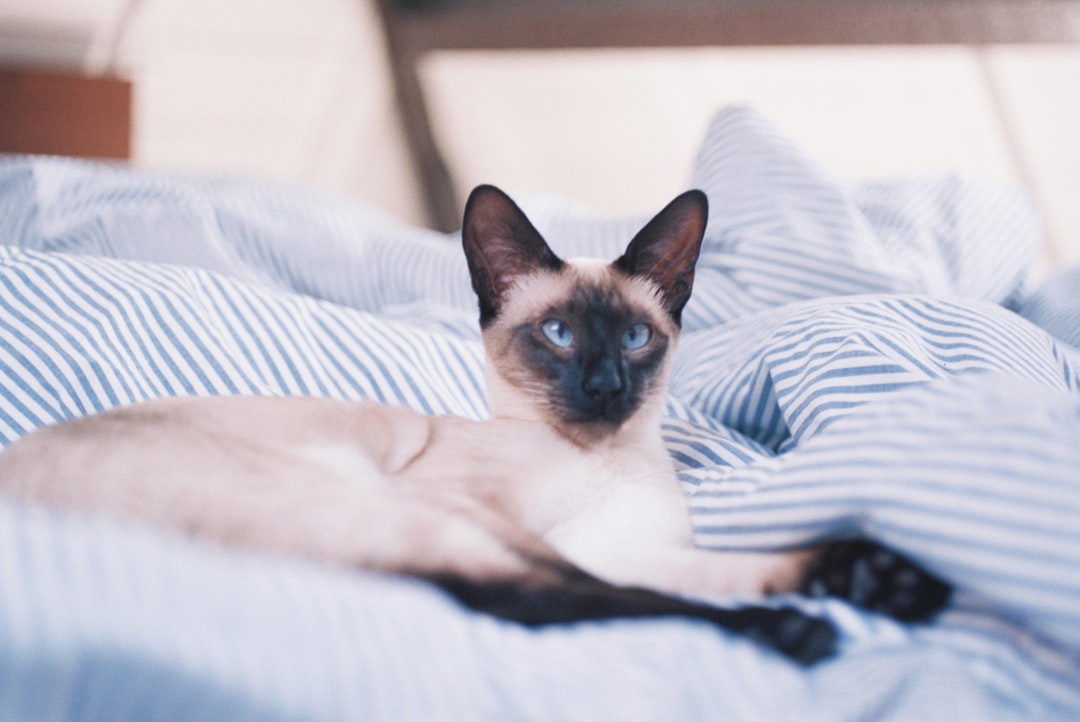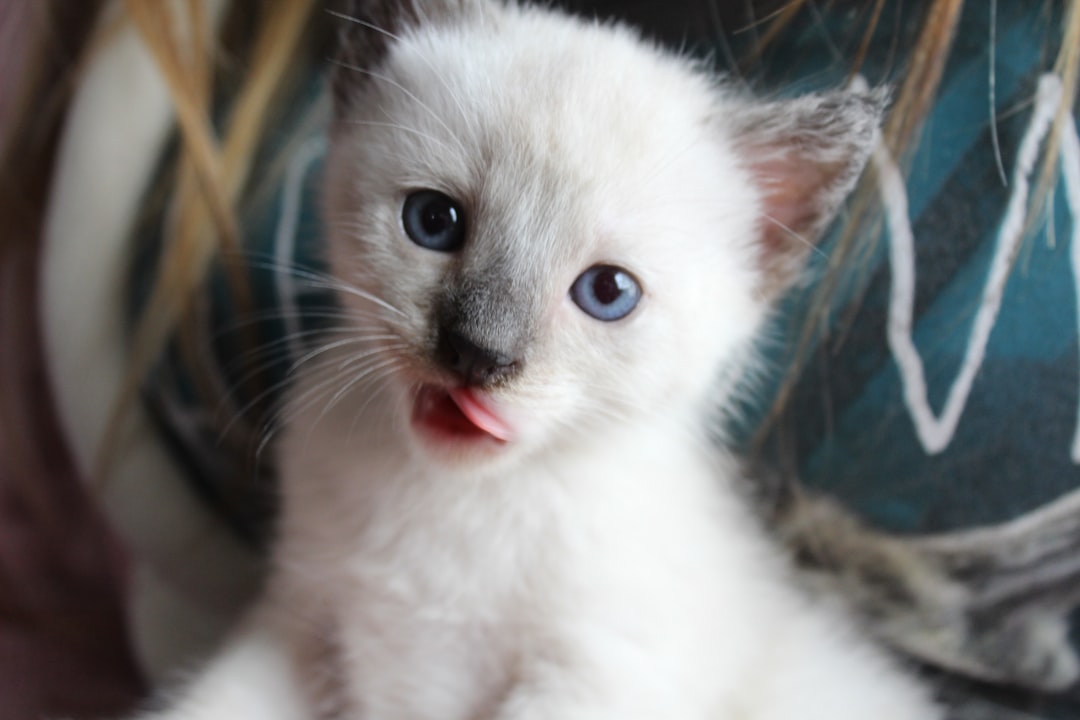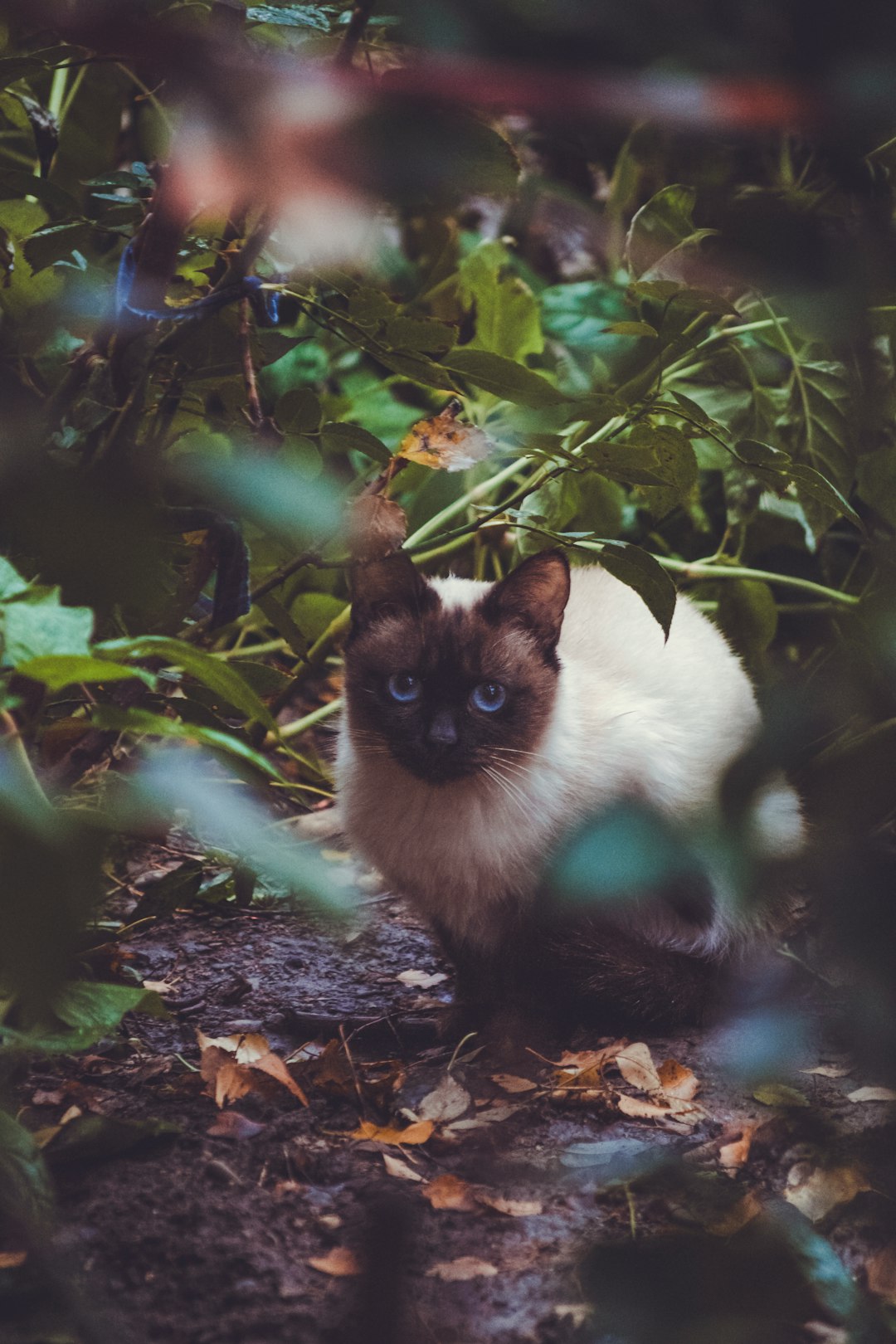Many cat owners are increasingly considering the benefits of raw cat food as a natural diet for their feline companions. Research shows that shifting to a raw food regime can lead to improved health and vitality in cats, providing essential nutrients that might be lacking in conventional cat food. By exploring the nutritional advantages, safety tips, and transition strategies, pet parents can make informed decisions about their cat’s diet. Understanding how raw cat food can enhance your pet’s quality of life opens the door to a healthier, more energetic feline friend.
Understanding Raw Cat Food
Raw cat food refers to a diet that consists of uncooked, unprocessed ingredients aimed at mimicking a cat’s natural diet in the wild. This diet primarily includes:
- Raw meats: Beef, chicken, turkey, and fish.
- Organ meats: Liver, heart, and kidneys, providing essential nutrients.
- Raw bones: Offering calcium and dental benefits.
- Fruits and vegetables: In limited amounts to add fiber and vitamins (optional).
By focusing on high-quality protein, raw cat food can enhance your cat’s overall health. Unlike commercial cat food, which often contains fillers and artificial additives, raw diets maintain the natural nutrient profile, leading to several potential benefits.
Benefits of Raw Cat Food:
- Improved digestion: Cats often digest raw food more efficiently.
- Healthier coat: Many pet owners notice shinier fur.
- Increased energy levels: Many cats show an uptick in vitality after transitioning.
Understanding the philosophy behind raw cat food empowers you to make informed choices for your feline friend and ensure they receive the nutrition they need.

Nutritional Benefits of a Raw Diet
Choosing raw cat food can significantly enhance your feline’s overall health. Here are some key nutritional benefits associated with a raw diet:
- High Protein Content: Raw cat food is rich in proteins that support muscle development and energy levels, mimicking a cat’s natural prey diet.
- Healthy Fats: Essential fatty acids found in raw food improve coat quality and maintain skin health.
- Natural Enzymes: Raw diets retain natural enzymes that assist in digestion and nutrient absorption, promoting gut health.
- Moisture-Rich: Many raw cat foods are high in moisture, which can help keep your cat hydrated and support kidney function.
Nutritional Comparison
| Nutrient | Raw Cat Food | Commercial Cat Food |
|---|---|---|
| Protein | High | Moderate |
| Fat | Balanced | Often high |
| Carbohydrates | Low | Varies |
| Moisture | High | Low |
In summary, raw cat food offers a well-rounded and species-appropriate diet that can lead to better health outcomes for your feline companion. Transitioning to a raw diet may foster improved energy levels and overall vitality as your cat thrives on a natural approach to nutrition.
Comparing Raw Food to Commercial Cat Food
When considering your cat’s diet, comparing raw cat food to commercial cat food can shed light on the best option for your feline friend. Here’s how they stack up:
| Criteria | Raw Cat Food | Commercial Cat Food |
|---|---|---|
| Nutritional Value | High in protein, enzymes, and natural fats | Often high in carbohydrates and fillers |
| Ingredient Transparency | Typically made with whole, natural ingredients | May contain synthetic additives and by-products |
| Digestibility | Generally easier to digest for cats | Some cats may struggle with digesting grains |
| Customization | Easily tailored to meet individual needs | Standardized formulations; less flexibility |
| Shelf Life | Shorter shelf life; requires careful storage | Longer shelf life; convenient for storage |
Raw cat food can offer enhanced nutritional benefits thanks to its natural composition, while commercial brands often rely on artificial ingredients and fillers. Transitioning to raw cat food may lead to improved digestion and energy levels in many cats. Nonetheless, consider your cat’s specific needs and preferences when choosing between these two options.
How to Transition Your Cat to Raw Food
Transitioning your cat to raw cat food is a gradual process that can lead to a healthier diet. To ensure your feline friend adapts smoothly, follow these effective steps:
Start Slow: Begin by mixing a small portion of raw cat food with their current diet. This could be around 25% raw and 75% kibble.
Gradual Increase: Over a week or two, gradually increase the proportion of raw food. Adjust based on your cat’s acceptance and tolerance.
Monitor Reactions: Watch for any digestive changes, such as vomiting or diarrhea. If these occur, slow down the transition.
Enhance Appeal: To make raw cat food more enticing, consider lightly warming it or adding a small amount of low-sodium broth.
Create Variety: Introduce different meat sources (chicken, turkey, beef) to find what your cat enjoys most.
Stay Patient: Some cats may take longer to adjust, so remain patient during this transition.
By following these steps, you’ll help your cat embrace the benefits of raw cat food with enthusiasm and ease!

Top Ingredients for Raw Cat Food
Choosing the right ingredients is crucial when preparing raw cat food. The key is to focus on high-quality protein sources that reflect a cat’s natural diet. Here are some essential ingredients to consider:
- Raw Meat: Chicken, turkey, and beef are excellent protein sources. Choose fresh cuts from reputable suppliers to ensure quality.
- Organ Meats: Liver, kidney, and heart provide essential vitamins and minerals. Incorporate these in moderation for balanced nutrition.
- Bone: Raw, meaty bones offer calcium and phosphorus. They also promote dental health by preventing plaque buildup.
- Fish: Including species like salmon or sardines provides omega-3 fatty acids, which support skin and coat health. Use sparingly to avoid heavy metals.
- Vegetables: Small amounts of finely chopped carrots or spinach can add fiber and vitamins.
Here’s a quick comparison of some raw ingredients:
| Ingredient | Nutritional Benefits | Protein Content (%) |
|---|---|---|
| Chicken | High protein, low fat | 26 |
| Salmon | Omega-3 fatty acids, protein | 20 |
| Beef | Rich in iron and zinc | 26 |
| Liver | High in vitamin A | 26 |
By selecting these top ingredients, you ensure your raw cat food provides the nutrients your feline needs for optimal health.
Safety Tips for Handling Raw Food
When feeding your cat raw cat food, safety should be a top priority. Following proper handling practices can minimize health risks to both you and your feline. Here are essential safety tips to consider:
Keep It Cold: Always store raw cat food in the refrigerator or freezer to prevent bacterial growth. Thaw frozen food in the fridge, not on the counter.
Use Separate Equipment: Designate specific cutting boards, utensils, and bowls for raw cat food. This avoids cross-contamination with human food.
Wash Your Hands: Always wash your hands thoroughly with soap and water before and after handling raw cat food. This simple step greatly reduces the risk of spreading germs.
Clean Surfaces: Disinfect countertops and any surfaces that come into contact with raw food to eliminate potential pathogens.
Monitor Expiration Dates: Check the freshness of raw cat food regularly and dispose of any expired products promptly.
By implementing these safety tips, you can ensure that your cat enjoys the benefits of a raw diet while keeping your home safe and clean.
Potential Risks of a Raw Diet
While many cat owners advocate for the benefits of raw cat food, it’s crucial to understand the potential risks involved. A raw diet can lead to several health concerns, both for your cat and your household. Here are the primary risks to consider:
Bacterial Contamination: Raw meat can harbor harmful bacteria like Salmonella and E. coli. These pathogens pose a risk to both your cat and humans in the household.
Nutritional Imbalance: Formulating a balanced raw diet can be challenging. A poorly balanced diet may lead to deficiencies in essential nutrients, affecting your cat’s overall health.
Bone Hazards: If not prepared properly, raw bones can splinter and cause choking or internal injuries.
Parasites: Raw meat may contain parasites, which could harm your cat or lead to transmission to humans.
Behavioral Issues: Some cats might develop food aggression or become picky eaters when switched to raw food, complicating mealtime dynamics.
In conclusion, while raw cat food can offer health benefits, it’s essential to weigh these risks carefully. Always consult with a veterinarian before making significant dietary changes.

Consulting Your Veterinarian Before Making Changes
Before making any significant changes to your cat’s diet, particularly when considering raw cat food, consulting your veterinarian is essential. A vet can provide personalized advice based on your cat’s specific health needs, age, and lifestyle. Here are a few reasons why this is crucial:
- Health Assessment: Your vet can check for any underlying health issues that may influence dietary changes.
- Nutritional Balance: Transitioning to raw cat food requires careful planning to ensure a balanced diet. A veterinarian can help formulate the right nutritional profile.
- Monitoring Health: Regular check-ups allow for monitoring your cat’s health, ensuring that the new diet positively affects them.
Key Points to Consider Before Transitioning:
- Age: Kittens, adults, and senior cats have different nutritional needs.
- Weight: Cats with weight issues may require a specialized plan.
- Existing Conditions: Conditions like allergies or digestive problems may necessitate a cautious approach.
In summary, always consult your veterinarian before switching to raw cat food to ensure your feline friend receives the best possible care.
Frequently Asked Questions
What are the main benefits of feeding my cat a raw food diet?
Feeding your cat a raw food diet can provide numerous benefits. It aligns with their natural carnivorous instincts, potentially leading to improved digestion and nutrient absorption. Raw diets are typically higher in protein and moisture, promoting a healthy weight and hydration. Many cat owners report enhanced energy levels, shinier coats, and reduced allergy symptoms. Additionally, raw food can help in maintaining dental health as the textures encourage chewing, potentially reducing tartar buildup.
Is it safe to switch my cat to a raw food diet?
Switching your cat to a raw food diet can be safe, but it requires careful consideration and planning. It is essential to gradually transition your cat to avoid gastrointestinal upset. Start by mixing small amounts of raw food with their current diet, slowly increasing the raw portion over a week or more. Ensuring the raw food is sourced from reputable suppliers and is nutritionally balanced is crucial. Consulting with a veterinarian before making the switch can also help address any specific dietary needs or health concerns.
How do I ensure my cat receives a balanced raw food diet?
To ensure your cat receives a balanced raw food diet, it’s vital to include a variety of protein sources, such as chicken, beef, and fish, along with appropriate organ meats, such as liver and heart, to provide essential nutrients. You should also incorporate raw bones to provide necessary calcium and phosphorus. Supplements may be required to balance any deficiencies, particularly taurine, an essential amino acid for cats. Regular consultations with a veterinarian or a pet nutritionist can help tailor a diet that meets your cat’s unique nutritional needs.
What are the risks associated with a raw food diet for cats?
While a raw food diet can offer advantages, there are potential risks. One primary concern is the risk of bacterial contamination, such as Salmonella or E. coli, which can affect both pets and humans. Additionally, improperly balanced raw diets may lead to nutritional deficiencies or excesses, affecting your cat’s health. It’s also important to monitor your cat for changes in behavior, weight, or overall health when transitioning diets. Thus, it’s recommended to follow safe food handling practices and ensure the diet is well-balanced.



